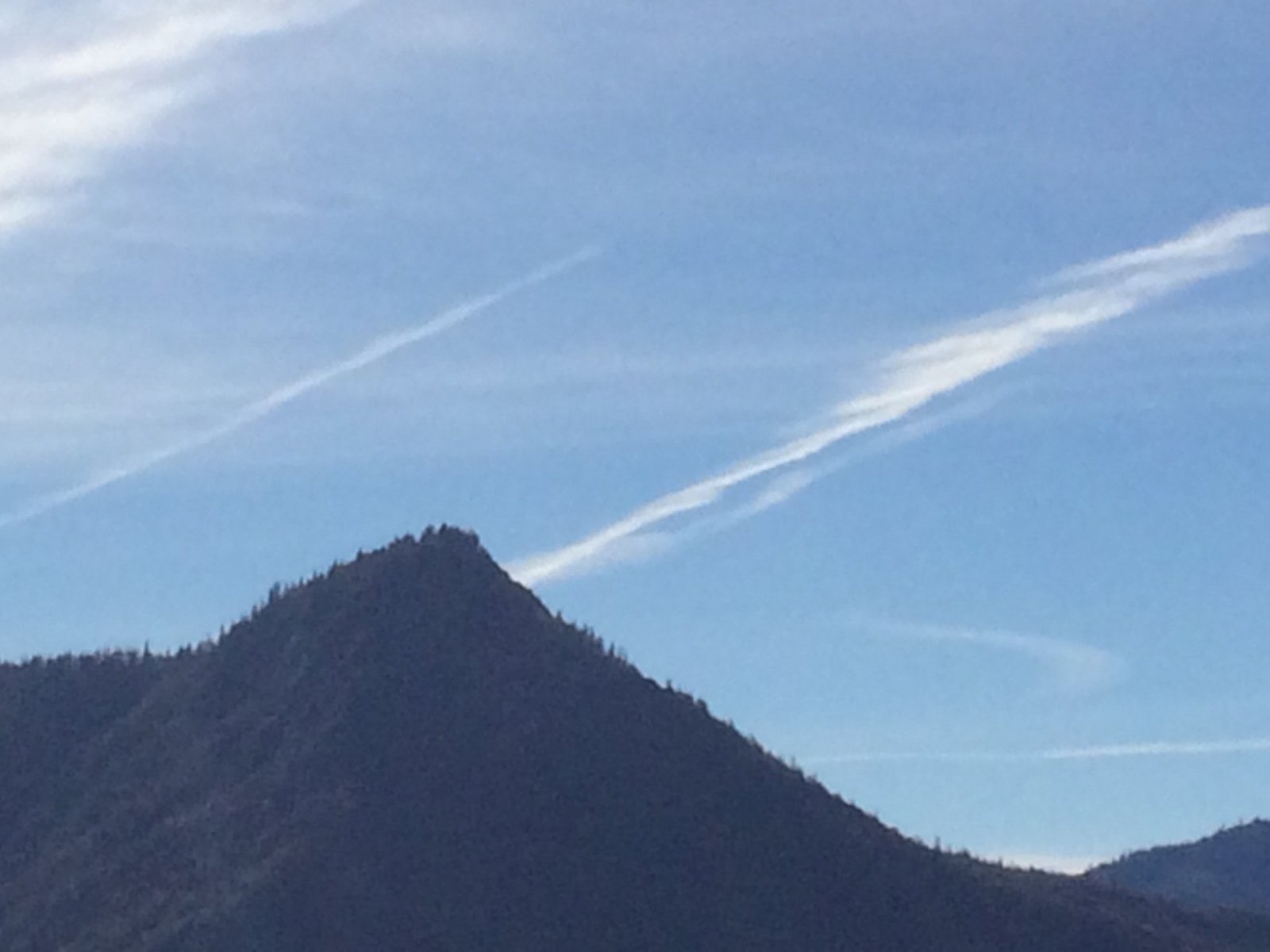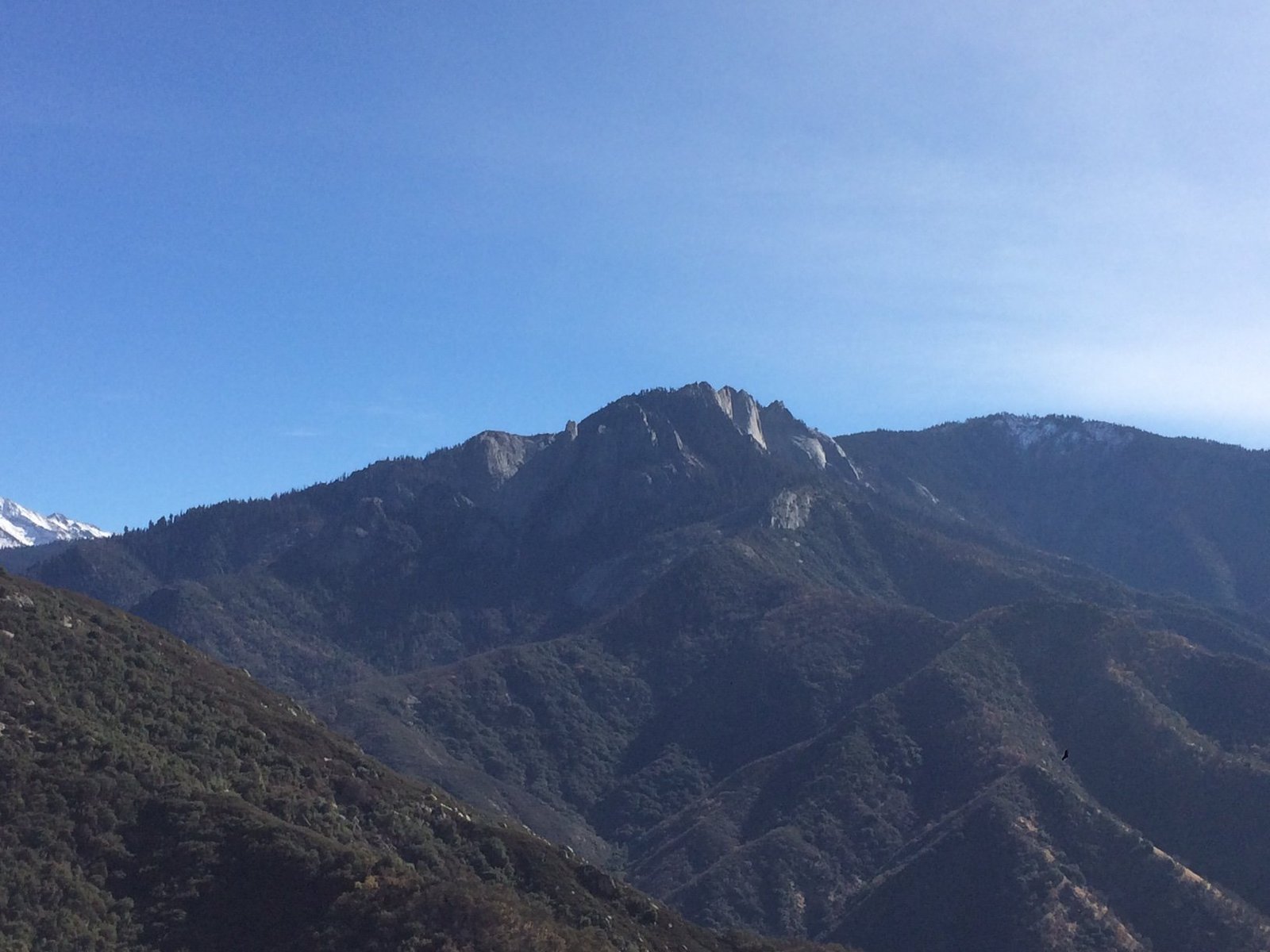Sequoia National Park, established on September 25, 1890, is a testament to America’s commitment to preserving natural wonders. This park, home to the world’s largest trees, has a rich history spanning over 130 years. From its founding to protect giant sequoias to its current status as a biodiversity hotspot, Sequoia National Park has evolved significantly. This article delves into the park’s historical milestones, cultural significance, and its role in conservation efforts.
What Led to the Establishment of Sequoia National Park?

The creation of Sequoia National Park was primarily driven by the need to protect the giant sequoia trees from logging. In the late 19th century, conservationists and scientists, including John Muir, lobbied for the preservation of these ancient giants. Their efforts culminated in President Benjamin Harrison signing legislation to establish the park on September 25, 1890.
Key events in the park’s establishment:
- 1858: Hale Tharp, guided by indigenous people, discovers the grove behind Moro Rock
- 1880s: Logging threatens giant sequoias
- 1890: Sequoia National Park is established
- 1890: General Grant National Park (later part of Kings Canyon) is created
How Did Military Administration Shape the Park’s Early Years?

For the first 23 years, U.S. Army Cavalry troops guarded Sequoia National Park. This military administration played a crucial role in the park’s early development:
- Captain Charles Young, the only Black commissioned officer in the U.S. Army at the time, led significant improvements
- In 1903, Young supervised the construction of a road to the Giant Forest
- Military administration ensured protection against illegal logging and poaching
What Major Developments Occurred During Civilian Administration?
The transition to civilian administration in 1914 marked a new era for Sequoia National Park:
- 1914: Walter Fry becomes the first civilian administrator
- 1916: National Park Service (NPS) is established and begins managing the park
- 1917: Steps to the summit of Moro Rock are constructed
- 1926: Generals Highway is built, improving accessibility
- 1932: High Sierra Trail is completed
How Has the Park’s Ecosystem Been Preserved Over Time?
Sequoia National Park’s ecosystem preservation efforts have been ongoing since its establishment:
- Protection of giant sequoias from logging
- Conservation of diverse habitats including:
- South Sierran oak woodlands
- Chaparral
- Mixed conifer forests
- Sub-alpine environments
- Alpine ecosystems
The park is home to about a third of all naturally growing giant sequoias and hosts a variety of flora and fauna.
What Cultural Significance Do Sequoia Trees Hold?
The giant sequoias have deep cultural roots:
- Revered by indigenous peoples for centuries
- Symbolic importance in American culture
- General Grant Tree declared:
- Nation’s Christmas Tree in 1926
- National shrine in memory of Armed Forces in 1956
How Has Joint Administration with Kings Canyon Affected the Park?
In 1940, a significant change occurred:
- General Grant National Park was abolished
- Its lands were added to the newly established Kings Canyon National Park
- Sequoia and Kings Canyon National Parks began joint administration
This joint management has allowed for more comprehensive conservation efforts and streamlined visitor services.
What Amenities and Facilities Have Enhanced Visitor Experience?
Over the years, various amenities and facilities have been developed to improve visitor experience:
| Amenity/Facility | Year Established | Significance |
|---|---|---|
| Generals Highway | 1926 | Improved accessibility to Giant Forest |
| Moro Rock Steps | 1917 | Popular visitor destination |
| High Sierra Trail | 1932 | Extensive backcountry access |
| Crystal Cave Tours | Ongoing | Educational cave experiences |
| Visitor Centers | Various | Historical and cultural information |
How Has Biodiversity in the Park Changed Over Time?
The park’s biodiversity has been influenced by various factors:
- Initial threat from logging
- Conservation efforts following park establishment
- Climate change impacts in recent decades
- Ongoing research and management strategies
Despite challenges, the park remains a biodiversity hotspot, showcasing the effectiveness of long-term conservation efforts.
What Role Has Sequoia National Park Played in National Conservation Efforts?
Sequoia National Park has been at the forefront of national conservation efforts:
- Pioneered protection of specific tree species (giant sequoias)
- Served as a model for ecosystem-wide conservation
- Contributed to the development of fire management practices
- Provided a platform for climate change research and adaptation strategies
The park’s history of conservation has influenced policies and practices in protected areas across the United States.
How Has Public Perception of the Park Evolved Since Its Establishment?
Public perception of Sequoia National Park has changed significantly:
1890s: Viewed primarily as a timber resource
1920s: Recognized for recreational value
1950s: Appreciated for ecological importance
1980s onwards: Valued for biodiversity and climate research
This evolution reflects broader changes in American attitudes towards nature and conservation.
Sequoia National Park’s rich history is a testament to America’s evolving relationship with its natural heritage. From its founding to protect giant sequoias to its current role as a biodiversity hotspot and living laboratory for climate change, the park continues to play a vital role in conservation and public education.
References:
1. Fox News: On this day in history, September 25, 1890, Congress establishes Sequoia National Park in California
2. National Park Service: History & Culture – Sequoia & Kings Canyon National Parks
3. National Park Service: Quick Fact Sheet – Sequoia & Kings Canyon National Parks

